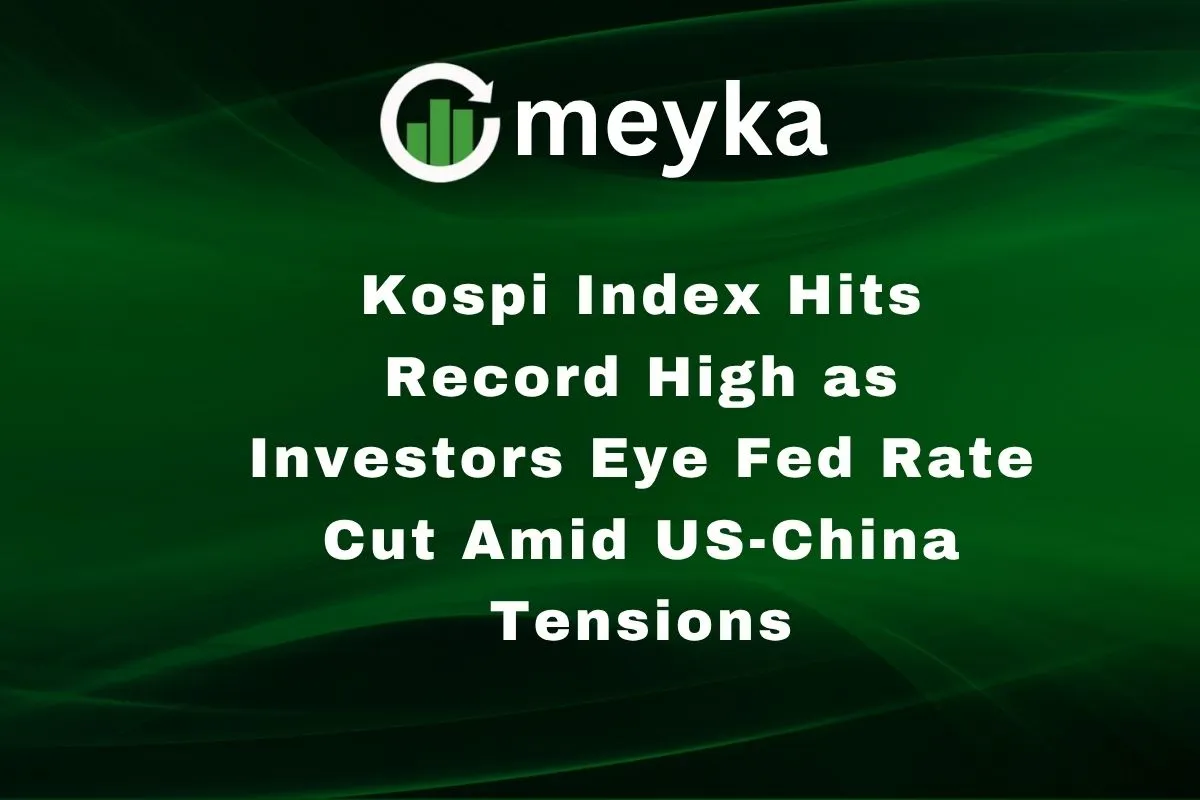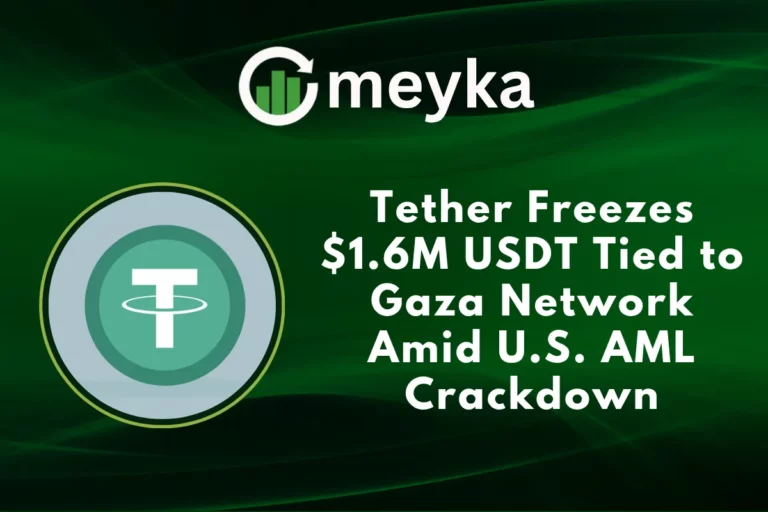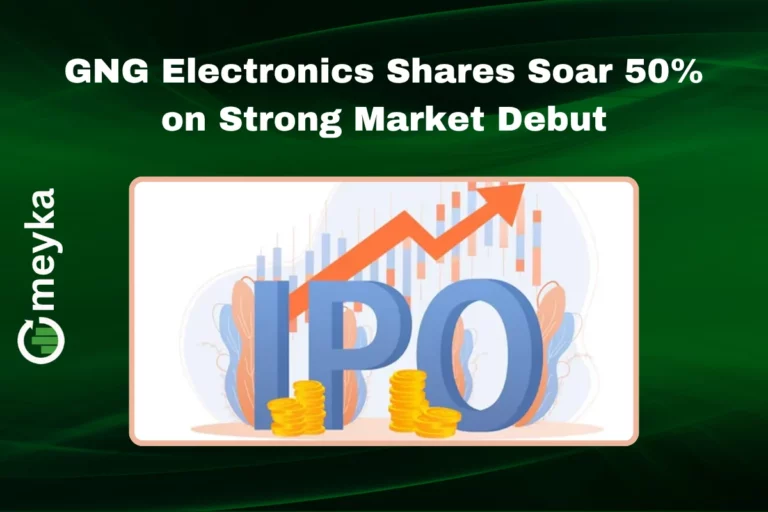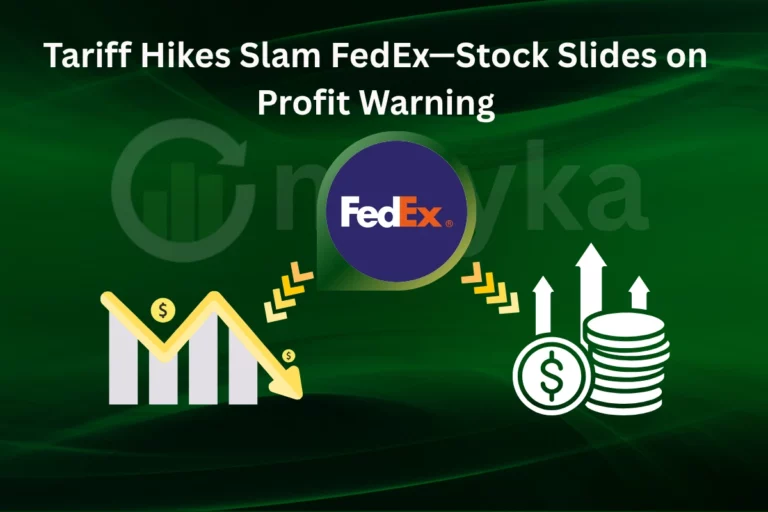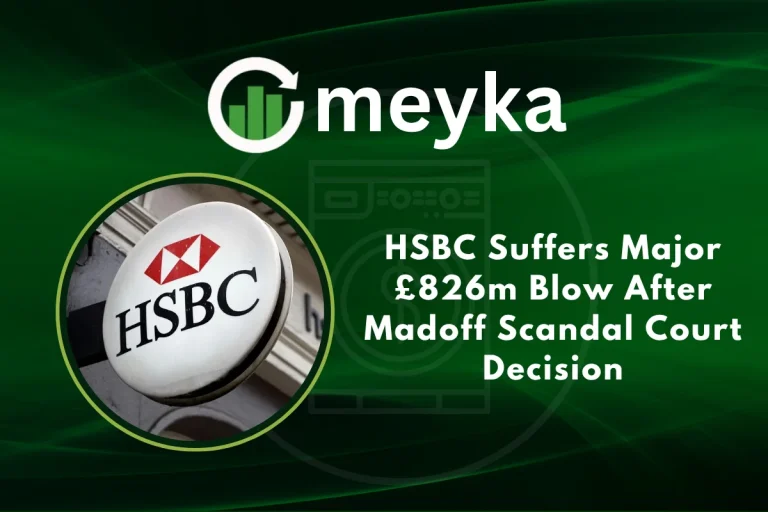Kospi Index Hits Record High as Investors Eye Fed Rate Cut Amid US-China Tensions
The Kospi Index soared to a fresh record high this week, capturing attention across global markets. The benchmark climbed above 3,650 points, closing at 3,657.28, up about 2.68% on the day. This gain comes as investors increasingly expect the U.S. Federal Reserve to cut interest rates soon. At the same time, tensions between the U.S. and China remain high, adding risk to global trade and supply chains. The contrast is clear: positive market momentum meets geopolitical uncertainty.
We see in this rally more than just numbers. It reflects how markets are reacting to shifting central bank policies, fresh corporate gains, and cross-border flows in a fragile global environment. Below, we explore how these forces are pushing the Kospi higher, and what could challenge it moving forward.
What’s Driving the Kospi Rally?
Several key forces are powering this rise. First, institutional and foreign investors are buying aggressively. In recent sessions, institutional investors alone bought a net 750 billion won in stocks, while foreign investors also posted net inflows. Second, tech and semiconductor firms are leading the charge. Samsung Electronics rose strongly following upbeat earnings forecasts, and SK Hynix jumped after winning attention in AI-related chip deals.
Third, corporate earnings in the third quarter have come in stronger than many feared. These positive results help back the optimism. Analysts suggest these gains could sustain momentum. Finally, sentiment is tilting toward risk. Even though U.S.-China tensions are simmering, many investors are choosing to back growth bets over safe havens, at least for now.
Anticipation of U.S. Federal Reserve Rate Cut
A big part of the optimism rests on expectations that the U.S. Federal Reserve may soon start cutting interest rates. Markets are reading signals from Fed officials that easing could be next. In past cycles, rate cuts from the Fed have often sparked rallies in Asian equity markets, including South Korea. Lower U.S. rates tend to reduce capital costs and make equities more attractive globally.
However, there’s a risk if the Fed delays or signals restraint. If rate cuts are postponed, markets could reverse sharply. That makes this a delicate balancing act: investors are betting on easier policy, but the Fed holds much of the power.
Role of U.S., China Tensions
Geopolitics remains the wildcard. The U.S. and China are still at odds on trade, tariffs, and strategic technology access. These tensions raise risks for global supply chains and cross-border trade.
South Korean firms are especially exposed since many rely on global supply chains and exports to both the U.S. and China. Any escalation in trade friction could hit demand or disrupt components.
As a recent example, China sanctioned five U.S.-linked subsidiaries of South Korea’s Hanwha Ocean, signaling increasing pressure in trade and security strategy. Still, many investors appear to be looking past these risks, so long as monetary policy remains supportive.
Foreign Investor Behavior and Capital Flow
Foreign capital flows play a crucial role in the Kospi’s performance. In recent weeks, foreign investors poured in more than $9.1 billion into Korea’s domestic securities. However, broader emerging market flows show signs of caution. In September 2025, portfolio inflows to emerging markets dropped to just $26 billion, the lowest since May.
Why then is Korea seeing strong inflows? Because investors view it as a relatively stable growth play with exposure to tech and exports. Also, the weaker Korean won can enhance returns when converted back to foreign currencies.
The bond and currency markets also respond to these flows. Heavy inflows tend to strengthen the won and compress yields on local debt, which in turn supports equity valuations.
Sector Highlights: Winners and Underperformers
Technology and Semiconductors
The leading gains come from chips and memory. Samsung and SK Hynix were major contributors to the market upswing, buoyed by AI demand and new global partnerships.
Financials
Banks and insurers also rose, benefiting from expectations of lower rates and improved lending conditions.
Manufacturing and Industrials
These sectors showed mixed results. While global demand supports some industrial names, others remain sensitive to global trade disruptions.
Underperformers
Some export-reliant firms in non-tech fields are under pressure. Also, sectors vulnerable to rising input costs or supply bottlenecks are lagging behind.
Market rotation is evident: investors are shifting capital into growth and tech plays and away from defensive or cyclical names.
Economic Indicators Supporting the Rally
Domestic signals in South Korea bolster the bullish case. Consumer confidence is rebounding, and export momentum is improving. In parallel, inflation is relatively stable, giving the central bank some breathing room.
Export demand, especially in electronics and semiconductors, is recovering. This helps support the earnings of major corporations. The government is also considering supportive policies and reforms to attract more investor capital, which adds confidence in the local framework.
Risks and Potential Corrections
Despite the strong run, risks abound:
- Overvaluation: The index is rising fast. Corrections could happen if expectations get ahead of fundamentals.
- Policy surprises: The Fed could signal a delay or limit cuts. That would spook markets.
- Geopolitical shocks: A major flashpoint in U.S.–China relations could trigger outflows.
- Corporate and currency stress: Firms with high debt or weak export exposure may struggle. Also, sudden weakness could erode returns.
We must not forget: market sentiment can turn quickly if any of these risks materialize.
Outlook: Can the Kospi Sustain Its Momentum?
In the short term, momentum looks solid. As long as rate cut hopes persist and economic data stay stable, the Kospi could push higher. Analysts see potential new highs, particularly if technology demand stays robust.
Longer term, sustainability depends on external conditions, Fed moves, trade relations, and global growth. If macro support holds, Korea could remain a core play in Asia. Key factors we will watch include Fed minutes, U.S.-China diplomatic shifts, and upcoming earnings from major Korean firms.
Conclusion
The Kospi Index rally is a telling snapshot of global flows, monetary expectations, and strategic risk. We see it as a barometer of how confident investors are in Asia’s growth path under shifting global winds. Yes, the climb reflects strong tech demand and capital inflows. But it also depends on policy support and calm on the geopolitical front. As always, highs come with risk. Whether the Kospi can hold or even extend gains will depend on whether this mix of forces remains favorable.
Disclaimer:
This content is for informational purposes only and is not financial advice. Always conduct your research.
